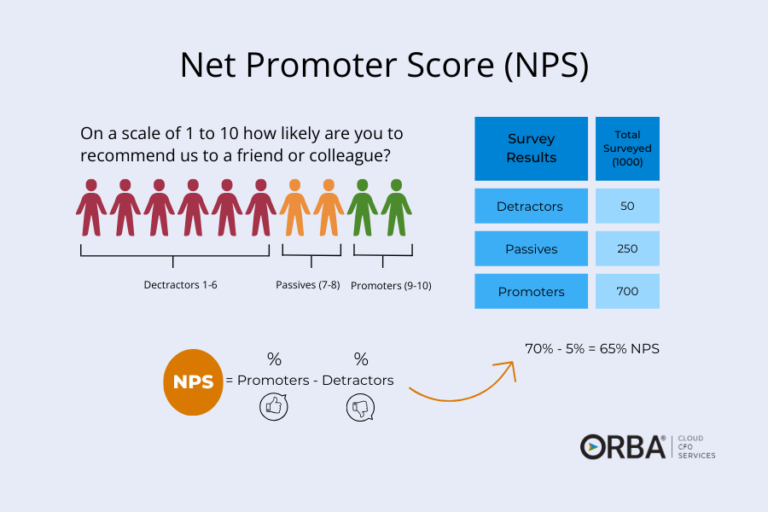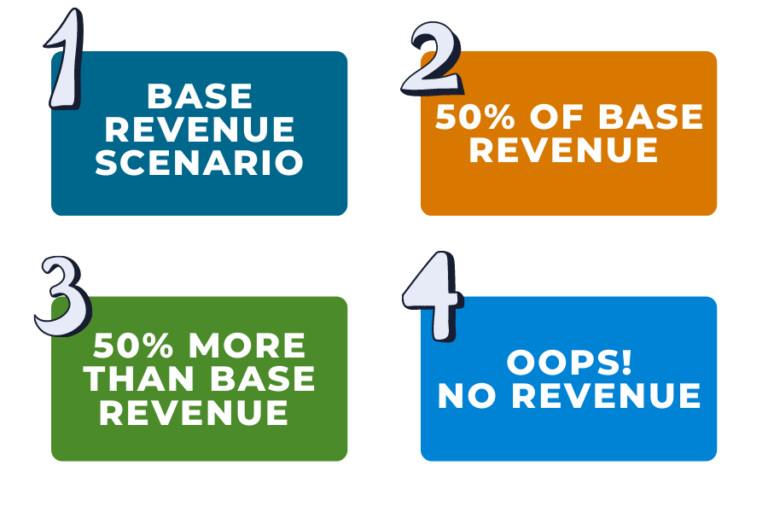We work with a lot of high-growth companies. The most successful ones have one thing in common across all industries. A growth culture.
Involving Employees in Your Financial Success
To create a growth culture, involve employees in your financial success. It’s not exactly a new concept; however, for some business owners who want to create a culture of growth, it isn’t always obvious how to make it happen. We don’t mean foosball tables and microbrews on tap, we mean big picture growth; Or, educating your team on both generating and using wealth. You want to build a growth culture that increases productivity and employee retention. Here are three steps to create your growth culture by involving your employees in your company’s financial success.
Building a Growth Culture

Step 1: The Big Picture.
The first step in building your growth culture: provide your staff with the big picture financials and how to understand their role in your business finances. In other words, educate your team on the relationship between finances and operations. In our experience, transparency yields cultural alignment. You’ll be surprised to see the percentage of your staff that simply don’t take into account the cost of operating a business and how they themselves can have a direct affect on the bottom line. But, if you bring them into the “inner financial circle,” they’ll be quick to get on board, especially your keen and curious staff (i.e., the keepers).
Profit & Loss Statement
Begin with your profit and loss (P&L) statement. It’s a fairly simple concept to grasp: money in, money out. That said, try to stay away from CPA-compiled or GAAP financials. They are too complicated and detailed to be effective in these circumstances. Instead, opt for simplified, internal financial reports. For example:
- money from renewals
- money from new customers
- fixed costs (e.g., rent)
- variable costs
- office supplies
- money left over to pay our bills (i.e., gross profit)
Balance Sheet
Next, teach your staff the difference between the p&l and balance sheet
- money we need to collect (accounts receivable)
- money we’re delaying paying others (accounts payable)
- cash tied up in product (inventory)
- cash tied up in equipment (fixed assets)
Step 2: Set Measurable Targets
Step 2 in creating a growth culture: teach your staff how to generate financial success.
Key metrics and team goals.
Use key metrics to set specific team goals within each department. The biggest hurdle we see with our clients: focus. Don’t go overboard with your metrics; limit these to two or three KPIs, maximum. Focus on your company’s current weaknesses, e.g., gross profit margin, customer lifetime value, etc.
Autonomy and accountability.
Next, to build accountability and ownership, put a name next to each P&L and balance sheet account. We talk about this a lot, but here’s why: We rarely see businesses already doing this when we onboard a new client. It’s such an easy way to engage staff to create a culture of growth.
Time as a backdrop.
Remember to pinpoint your focus by using these KPIs against time as a backdrop. These financial goals should be reset every month or quarterly at most. That way you can adjust to fluctuating markets and cash flow. Later, once you have a good rhythm established you might be able to stretch these intervals for goal-setting and aim for bigger targets. This tends to come with less turnover and after an established time of company growth.
The paradigm shift.
Additionally, you want to celebrate the milestones. Your ultimate goal is 100% realization but applaud your team at 70%, 80% and 90% too, highlighting missed opportunities and rewards in place of doling out threats. The key to this paradigm shift is having the proper incentives in place, which leads us to step three in creating your growth culture.
Step 3: Provide a Stake in the Outcome
Step 3 in creating a growth culture: share the wealth. Offer incentives and provide a stake in your financial success to motivate your team.
Start with transparency.
If your bonus program isn’t motivating people, then it’s time to rethink it. Again, a focus on transparency is your ticket to a growth culture in this case. Bring problems into the open and place bounties on fixing weaknesses. Even with a bootstrapping mentality you can share rewards without jeopardizing your security.
Bottom-up Profit Sharing.
Consider profit sharing with a bottom up approach and communicate the equity numbers in dollar amount terms instead of percentages. For example, which of the below offers seems more tangible?
“We are granting you options equivalent to 0.5% of the company’s equity.”
Or alternatively:
“We are granting you options equivalent to $200,000 of the company’s equity.”
The benefit trends.
The benefits with profit sharing we’ve witnessed include increased productivity as staff are less distracted by their personal financial worries and less employee turnover which is a significant savings to any company.
To recap, create a growth culture by building a transparent environment where all employees think and act like an owner. Educate your employees about how the business operates and how what they do affects the business finances. Finally, empower your employees to act like owners to help your company grow profitably.



